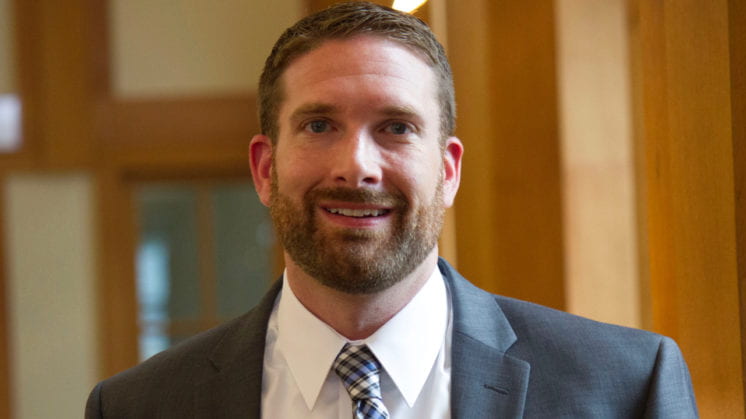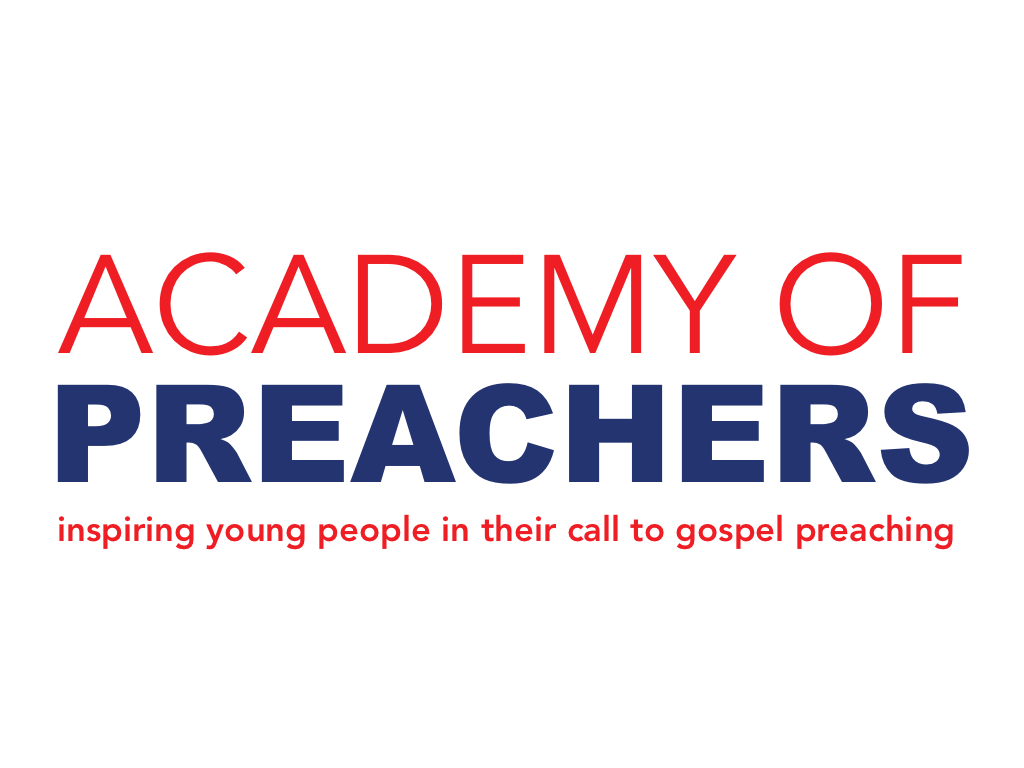 It may have quietly passed you by, but last week was “National Infertility Awareness Week.” According to the support group Resolve, 7.3 million Americans currently face infertility. In a related statistic, roughly 15-20% of all pregnancies result in pregnancy loss. And in another family-related statistic, in 2014 over 100,000 adoptions took place. Each of these statistics represents people who may be among the pews in your congregation. When was the last time they heard their experiences named in your preaching? As a pastor and teacher of preaching and worship who has experienced these issues, I resolved to help others think about preaching and worship with the reproductive loss and adoption in view. Below are three key tasks for preachers seeking to increase their sensitivity to issues of reproductive loss and adoption which I detail further in my book Tending the Tree of Life.
It may have quietly passed you by, but last week was “National Infertility Awareness Week.” According to the support group Resolve, 7.3 million Americans currently face infertility. In a related statistic, roughly 15-20% of all pregnancies result in pregnancy loss. And in another family-related statistic, in 2014 over 100,000 adoptions took place. Each of these statistics represents people who may be among the pews in your congregation. When was the last time they heard their experiences named in your preaching? As a pastor and teacher of preaching and worship who has experienced these issues, I resolved to help others think about preaching and worship with the reproductive loss and adoption in view. Below are three key tasks for preachers seeking to increase their sensitivity to issues of reproductive loss and adoption which I detail further in my book Tending the Tree of Life.
Break Silences/Avoid Avoidance
For young preachers especially, it can be tough to name painful things about which you
may not have experienced. As you sit and read, try saying these phrases aloud: “Infertility,”
“Reproductive loss,” “Pregnancy loss,” “Miscarriage,” “Barren,” and “Adoption.” Go into your
worship space and read them aloud from the pulpit. What did you experience when you said
each phrase? What feelings did this stir up? What associations occurred as you said each
word/phrase? Write down any thoughts and feelings. Revisit your thoughts when you
encounter these themes in scripture. Where your knowledge is lacking on any of these, become
more informed so that you can have a better grasp of what your listeners might be
experiencing.
View the Bible through Others’ Experiences
The story of Abram and Sarai’s childlessness is not simply a story of faith, which is how
I’ve often heard it preached. It’s very much a story of real people struggling with real bodies
and real losses. Their story narrates a miracle birth that may not come for faithful people in the
pews. Can you view the Bible’s stories through these lenses? Listen again to their story and
those of Isaac/Rebekah, Jacob/Rachel, Elizabeth/Zechariah, and yes, Mary/Joseph. And listen
again to the adoptive stories of Moses, Samuel, Esther, and others, as well as the rich metaphor
of adoption that Paul employs to describe God’s salvific work. When we begin to account for
these stories of bodies and relationships and not just spiritual stories about faith, then we begin
to help people encounter Scripture differently.
Pursue Healing
There may be no cure for those who experience reproductive loss. But that does not
mean that healing remains out of reach. The difference between “healing” and “cure” is
significant. Cure would be the elimination of the causes and results of reproductive loss.
Healing, on the other hand, entails the process of “making it through the hard times” and
realizing the “new possibilities” that are present for us when our hopes and dreams of
biological children have been fractured or ruptured adoption scenarios occur. When you begin to preach about these issues, the differentiation between the two makes a significant pastoral
difference in the lives of listeners. We should never promise cure. But we can pursue God’s
healing together in our preaching and worship.
Watch Dr. Voelz’s Master Class, “Preaching as Pastoral Care,” from the 2018 National Festival of Young Preachers:
 Rich is Assistant Professor of Preaching and Worship at Union Presbyterian Seminary in
Rich is Assistant Professor of Preaching and Worship at Union Presbyterian Seminary in
Richmond, VA. He is the author of Tending the Tree of Life: Preaching & Worship through Reproductive Loss & Adoption and Youthful Preaching. You can follow him through his blog and via Twitter: @RevDrVoelz.
